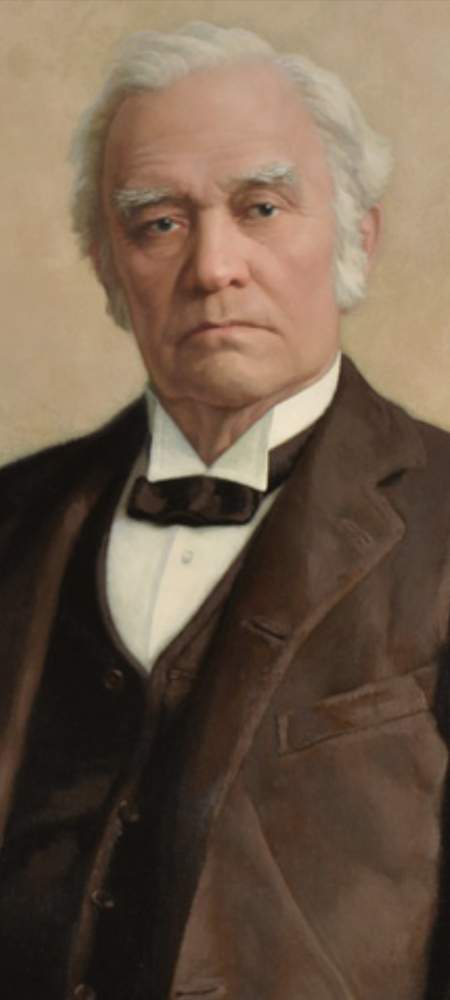Chapter
No
John Abbott
When Prime Minister John A. Macdonald (1815-1891) died in office in 1891, it triggered a major succession crisis that would last nearly five years. From 1891 to 1896, Canada quickly cycled through four different prime ministers, each of whom did little beyond worsen the nation’s political turmoil. The first of these was John Abbott, picked by the Conservative Party’s parliamentary caucus to serve as Canada’s acting leader 10 days after Macdonald passed away.
An Anglo-Quebecer lawyer and businessman, Abbott was an ally of the wealthy Tory establishment in the United Province of Canada. He won election to the colonial legislature in 1857, and to the first Canadian Parliament in 1867. A close Macdonald ally, he was promoted to the Senate in 1887, where he served as head of the Conservative caucus.
There were few laws against brazenly mixing government work with business in those days, and Abbott was particularly shameless. During the Macdonald administration’s construction of the massive Canadian Pacific Railway, he served as legal consul to the firm building it, and in doing so helped contribute to a scandalous web of corruption that would lead to Macdonald’s brief removal from power in favour of Alexander Mackenzie’s (1822-1892) short-lived Liberal government.
Always more of a “smokey backroom” sort of guy, Abbott had little appetite for high office and only assumed the prime ministership reluctantly, on the urging of the party elders. He said he would only serve as an interim leader, and he held true to his word, resigning after little more than a year in power during which he purposefully accomplished little. He died of cancer a few months later.
